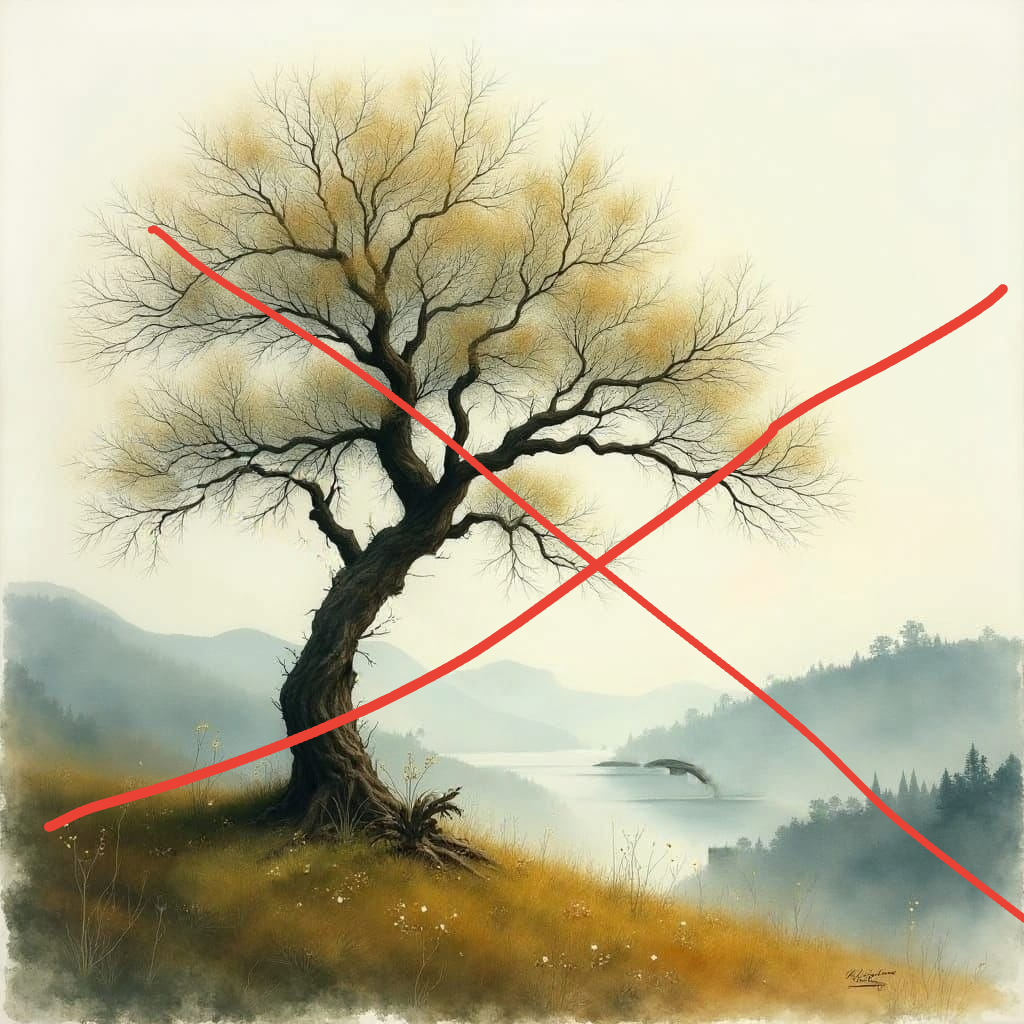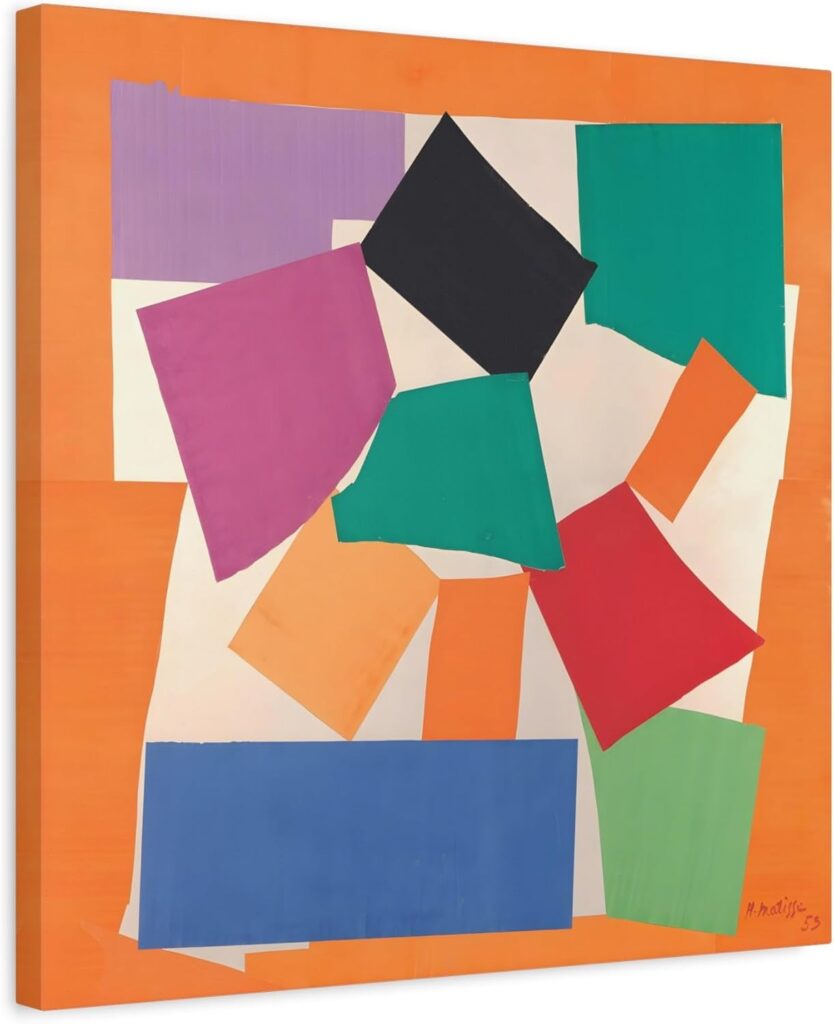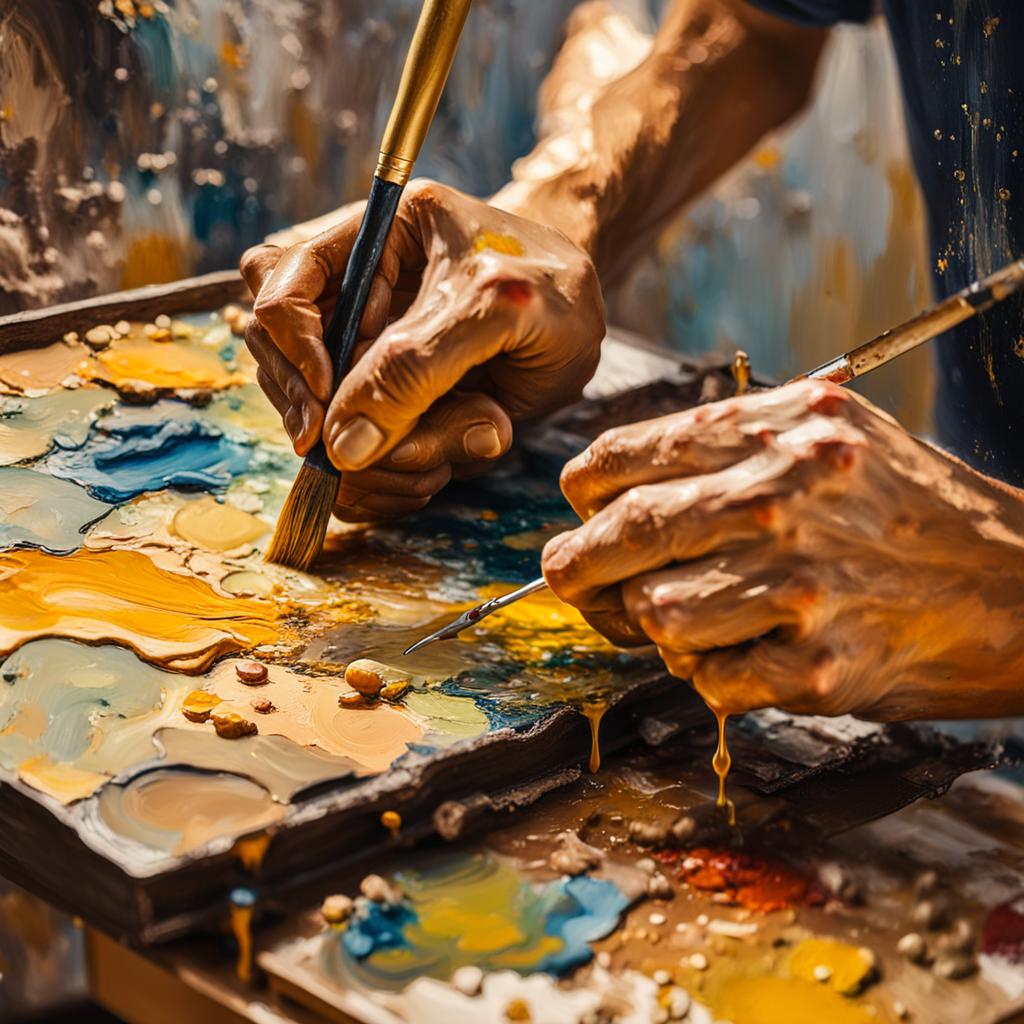Are you ready to embark on an exhilarating artistic journey? 🎨 Whether you’re wielding a paintbrush for the first time or looking to refine your skills, understanding and avoiding common painting mistakes can be your secret weapon to creating stunning artwork. In this comprehensive guide, we’ll dive deep into the colorful world of art and learn how to paint like a pro!
Setting the Stage: Preparing Your Artistic Battleground
Before you unleash your creativity onto the canvas, it’s crucial to set yourself up for success. Proper preparation can make the difference between a frustrating experience and a joyful artistic adventure. Let’s explore the essential steps to get your artistic battleground ready:
1. Prime Time: The Foundation of Your Masterpiece
One of the most common painting mistakes beginners make is skipping the priming process. Priming your canvas is like laying the foundation for a house – it’s absolutely essential for a sturdy and long-lasting result.
- Why Prime? Priming creates a smooth, even surface that helps your paint adhere better and last longer.
- Choosing the Right Primer: For acrylic paints, use a gesso primer. For oil paints, you might want to use an oil-based primer.
- Application Technique: Apply thin, even coats using a wide brush or roller. Allow each coat to dry completely before adding the next.
- Color Considerations: While white is the most common primer color, don’t be afraid to experiment with tinted primers to create unique base tones for your artwork.
2. Match Made in Heaven: Pairing the Right Paint with the Right Surface
Imagine trying to write with a crayon on glass – it just doesn’t work! The same principle applies to painting. Different paints are formulated for different surfaces, and using the wrong combination can lead to disappointing results.
- Acrylic Paints: Versatile and fast-drying, these work well on canvas, wood, and even some papers.
- Oil Paints: Best suited for primed canvas or wood panels. They take longer to dry but offer rich, vibrant colors.
- Watercolors: Require special watercolor paper that can handle the moisture without warping.
Pro Tip: Always check the compatibility of your chosen paint with your painting surface before starting your project. This simple step can save you from frustration and wasted materials!
3. Under Cover: The Power of Underpainting
Think of underpainting as the secret sauce that gives your artwork depth and dimension. Many beginners overlook this step, but it’s a technique that can elevate your painting from amateur to professional.
- What is Underpainting? It’s a monochrome or limited color layer applied before the main painting.
- Benefits:
- Establishes values and tones
- Helps with composition planning
- Can create interesting color effects when visible through top layers
- Techniques:
- Grisaille: A grayscale underpainting
- Verdaccio: A greenish-gray underpainting popular in Renaissance art
- Imprimatura: A thin, toned ground layer
4. Plan of Attack: Crafting Your Composition
Before you start slapping paint on your canvas, take a moment to plan your composition. This step is often rushed or skipped entirely by eager beginners, but it’s crucial for creating balanced and visually appealing artwork.
- Thumbnail Sketches: Quick, small drawings to experiment with different layouts
- Rule of Thirds: Divide your canvas into a 3×3 grid and place key elements along these lines or at their intersections
- Focal Point: Decide where you want the viewer’s eye to be drawn first
- Balance: Consider the visual weight of elements in your composition
- Negative Space: Don’t forget the importance of empty areas in your painting
Beginner’s Challenge: Create a series of 5-minute thumbnail sketches for your next painting idea. Experiment with different compositions and see which one speaks to you the most!
5. Tooling Up: Choosing the Right Art Supplies
Having the right tools for the job can make your painting experience much more enjoyable and successful. While you don’t need to break the bank, investing in quality art supplies can make a noticeable difference in your work.
- Brushes:
- For acrylics and oils: Invest in a variety of synthetic and natural bristle brushes
- For watercolors: Soft, natural hair brushes work best
- Sizes: Have a range from fine detail brushes to large wash brushes
- Palettes:
- Wooden or glass palettes for oils
- Plastic or ceramic for acrylics
- Porcelain or plastic for watercolors
- Easel: Choose one that’s stable and adjustable to your preferred working height
- Lighting: Good, natural-spectrum lighting can help you see colors accurately
Remember, you don’t need every tool under the sun when you’re starting out. Begin with a basic set and expand your collection as you develop your skills and preferences.
Brushing Up on Techniques: The Heart of Painting
Now that we’ve set the stage, let’s dive into the juicy part – actual painting techniques. Mastering these skills will help you avoid common painting mistakes and create artwork you’ll be proud to display.
Brushstrokes: The Language of Paint
Each brushstroke you make is like a word in the visual language of your painting. Learning to “speak” this language fluently takes practice, but the results are worth it.
- Types of Brushstrokes:
- Hatching and cross-hatching for texture and shading
- Stippling for creating texture and gradual shading
- Dry brush for texture and highlights
- Wet-on-wet for soft blends and atmospheric effects
- Pressure Matters: Experiment with how much pressure you apply to your brush. Light touches can create delicate effects, while firm pressure can result in bold, expressive marks.
- Direction: The direction of your brushstrokes can guide the viewer’s eye and create a sense of movement in your painting.
Pro Tip: Practice making different types of brushstrokes on scrap paper or canvas. Create a “brushstroke dictionary” for yourself to reference in future projects.
Color Your World: Mastering the Palette
Color is one of the most powerful tools in an artist’s arsenal, but it can also be one of the trickiest to master. Here’s how to avoid common painting mistakes related to color:
1. Smooth Operator: The Art of Color Mixing
Creating smooth color transitions can take your painting from amateur to professional. Here are some tips:
- Start with a limited palette to simplify your mixing process
- Mix more paint than you think you’ll need to ensure consistency
- Use a color mixing chart to understand how your paints interact
- Practice creating color gradients to improve your blending skills
2. Less is More: Avoiding the Muddy Color Trap
One of the most common painting mistakes is overworking your colors, resulting in muddy, dull hues. Here’s how to keep your colors fresh and vibrant:
- Clean your brush thoroughly between colors
- Mix colors in stages rather than all at once
- Use a clean area of your palette for each new mix
- When in doubt, start over with fresh paint rather than trying to “fix” a muddy mix
3. Theory in Practice: Understanding Color Relationships
Diving into color theory can dramatically improve your painting skills. Here are some key concepts to explore:
- Color Wheel: Understand primary, secondary, and tertiary colors
- Color Harmonies: Explore complementary, analogous, and triadic color schemes
- Value: Learn to see and create different lightness levels within a color
- Saturation: Experiment with intensity to create depth and focus in your painting
Beginner’s Challenge: Create a color wheel using only primary colors. This exercise will improve your color mixing skills and deepen your understanding of color relationships.
Perspective Matters: Creating Depth and Dimension
Understanding perspective is crucial for creating realistic and visually appealing artwork. Here’s how to avoid common painting mistakes related to perspective:
- Linear Perspective: Learn about one-point, two-point, and three-point perspective
- Atmospheric Perspective: Use color and detail to create the illusion of distance
- Overlapping: Place objects in front of each other to create a sense of space
- Size Relationships: Make distant objects smaller than close ones
Practice sketching basic shapes in perspective to improve your skills. Remember, even abstract art can benefit from a good understanding of perspective principles.
The Aftermath: Caring for Your Artistic Arsenal
Creating your masterpiece is only part of the journey. Proper care and maintenance of your art supplies will ensure they’re ready for your next burst of creativity.

1. Brush Bath: Pampering Your Paintbrushes
Treat your brushes well, and they’ll be loyal companions on your artistic journey. Here’s how to give them the TLC they deserve:
- Clean brushes immediately after use with appropriate solvents (soap and water for acrylics, mineral spirits for oils)
- Gently reshape the bristles and allow brushes to dry horizontally or upside down
- Never leave brushes soaking in water or solvents, as this can damage the bristles and ferrule
- For deep cleaning, use a brush cleaner and conditioner periodically
2. Safe Haven: Proper Brush Storage
Storing your brushes correctly will help them maintain their shape and extend their lifespan:
- Store brushes vertically with the bristles pointing up, or lay them flat
- Use brush guards or old socks to protect bristles during storage
- Keep brushes in a cool, dry place away from direct sunlight
- Consider investing in a brush roll or case for easy transport and storage
3. Protect and Serve: Preserving Your Finished Artwork
Your masterpiece deserves to be admired for years to come. Here’s how to protect it:
- Allow your painting to dry completely before handling or storing
- Apply a varnish to protect against dust, UV light, and minor scratches
- Store paintings in a cool, dry place away from direct sunlight
- When transporting artwork, use proper packaging materials to prevent damage
Leveling Up: From Beginner to Boss
Becoming a skilled artist is a journey, not a destination. Here are some strategies to help you continue improving:
1. Practice Makes Perfect: Embrace the Learning Process
The more you paint, the better you’ll become. It’s not just a saying – it’s science! Here’s how to make the most of your practice:
- Set aside regular time for painting, even if it’s just 15 minutes a day
- Keep a sketchbook for quick studies and ideas
- Try different subjects, styles, and techniques to broaden your skills
- Don’t be afraid to make mistakes – they’re valuable learning opportunities
2. Mix It Up: Exploring New Techniques
Don’t get stuck in a rut – keep your artistic practice fresh by trying new things:
- Experiment with different painting techniques like impasto, glazing, or sgraffito
- Try working with a limited palette or a new color scheme
- Challenge yourself with timed exercises or painting from life
- Explore mixed media by incorporating other materials into your paintings
3. Feedback Loop: The Power of Constructive Criticism
Seeking and accepting feedback is crucial for artistic growth:
- Join a local art group or online community to share your work
- Take classes or workshops to learn from experienced artists
- Ask specific questions when seeking feedback to get the most helpful responses
- Remember that critique is about the artwork, not you as a person – don’t take it personally!
4. Embrace the Oops: Learning from Mistakes
Every artist, from beginners to masters, makes mistakes. The key is to learn from them:
- Keep a “mistake journal” to document what went wrong and how you might do it differently next time
- Try to salvage “ruined” paintings by experimenting with new techniques or turning them into collage materials
- Remember that some of the most interesting artistic discoveries come from happy accidents
Remember, every Picasso and Van Gogh started as a beginner. By understanding and avoiding these common painting mistakes, you’re already on your way to creating stunning artwork. So grab your palette, pick up that brush, and let your creativity flow! 🌈✨
Want to dive deeper into the world of painting? Check out these related topics:
- How to Choose the Right Paint for Your Project: A Comprehensive Guide
- Mastering Color Theory: From Basics to Advanced Techniques
- Top 10 Painting Techniques Every Artist Should Know (With Examples)
- The Ultimate Guide to Painting Tools and Materials for Beginners
- Famous Painting Mistakes That Turned Into Masterpieces
Happy painting, future masters of the canvas! May your journey be filled with color, creativity, and the joy of artistic discovery. 🖌️🎭



